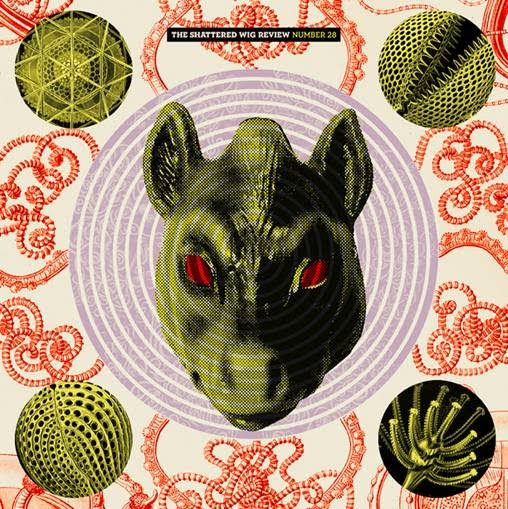
As rough as Baltimore can still be - my house was just robbed in broad daylight and the burglars came back the next day to steal our car - it's still a peaceful paradise compared to the '80s and early '90s.
Here is a little tale for Thanksgiving of those bygone days, "John of the Bulletproof Donut Shop", taken from Baltimore Saints & Haints: A Secret History of the Underground, 1984 through 2014, Found in The Desk Drawer of a Dust Mote Hope everyone has a great, peaceful Thanksgiving with family and friends. Or protesting the Ferguson ruling.
John of The Bulletproof Donut Shop
John of the Bulletproof Donut Shop tattooed the word “DEATH” on his left forearm in huge block letters. He made industrial sized pasta dinners that would feed our entire circle of friends and drank rare Scotch that had titles like “Artair’s Bog” and “Adamina’s Mound” and tasted like Big Al’s feet.
When John entered the darkness it was thicker than in the chamber of Heathcliff’s wife. He was found out on a high ledge in a shared warehouse space by a friend and roommate. In the ‘80s and ‘90s in Baltimore many people were out on the ledge when not dodging random violence or medicating themselves with booze and drugs to the point of near death for fear of random violence.
John also had a devilish grin and he would emphasize a joke or a startling fact by having you stare into his eyes. Normally that would be annoying, but with him you’d look into his eyes and you would indeed see it.
He wrote a story called “The Bulletproof Donut Shop” that I published in the second issue of my magazine, The Shattered Wig Review. It was about when he first came to Baltimore and was looking for the familiar solace of a warm coffee and a sweet donut, but found only buzzing doors and blank-faced counter people hidden behind impenetrable voice-muffling shields.
It was a quiet, effective portrayal of how low modern life can get and it caused that issue of my magazine to be the bestseller of its tiny history. I was traveling cross country when it was reviewed in the Herculean zine roundup Factsheet 5 and when I called the bookstore I worked at a co-worker gave me startled reports at the number of orders coming in. Back then orders meant checks or hidden cash in addressed envelopes, sometimes with handwritten messages.
John left Baltimore in the haze of the early ‘90s and even his closest friends stopped hearing from him. In the early Oughts he called an old housemate sounding frantic and said “that something big was about to happen”.
Something big did happen. Then many more. Most of them almost too sad for the human heart to bear.



















